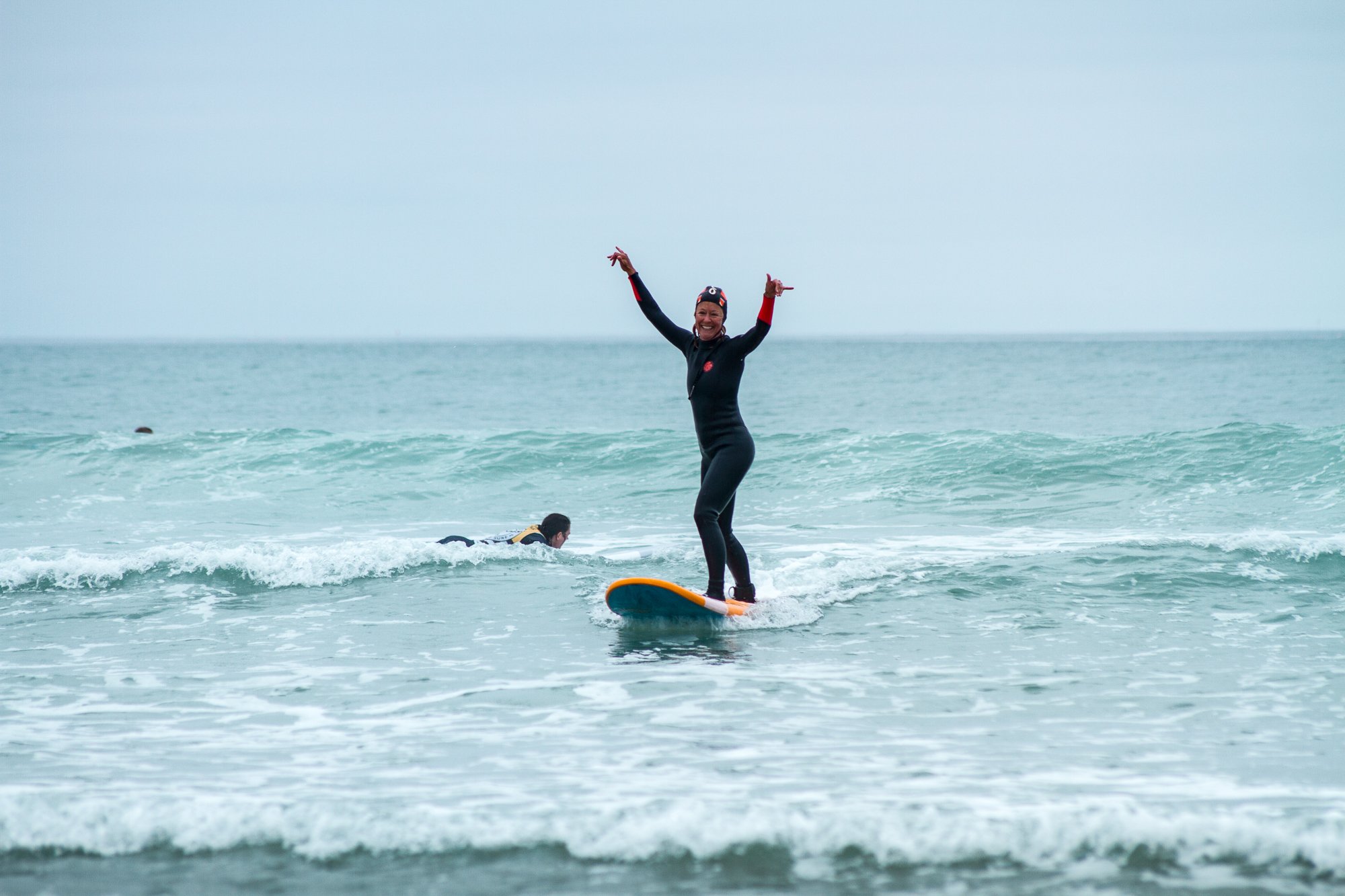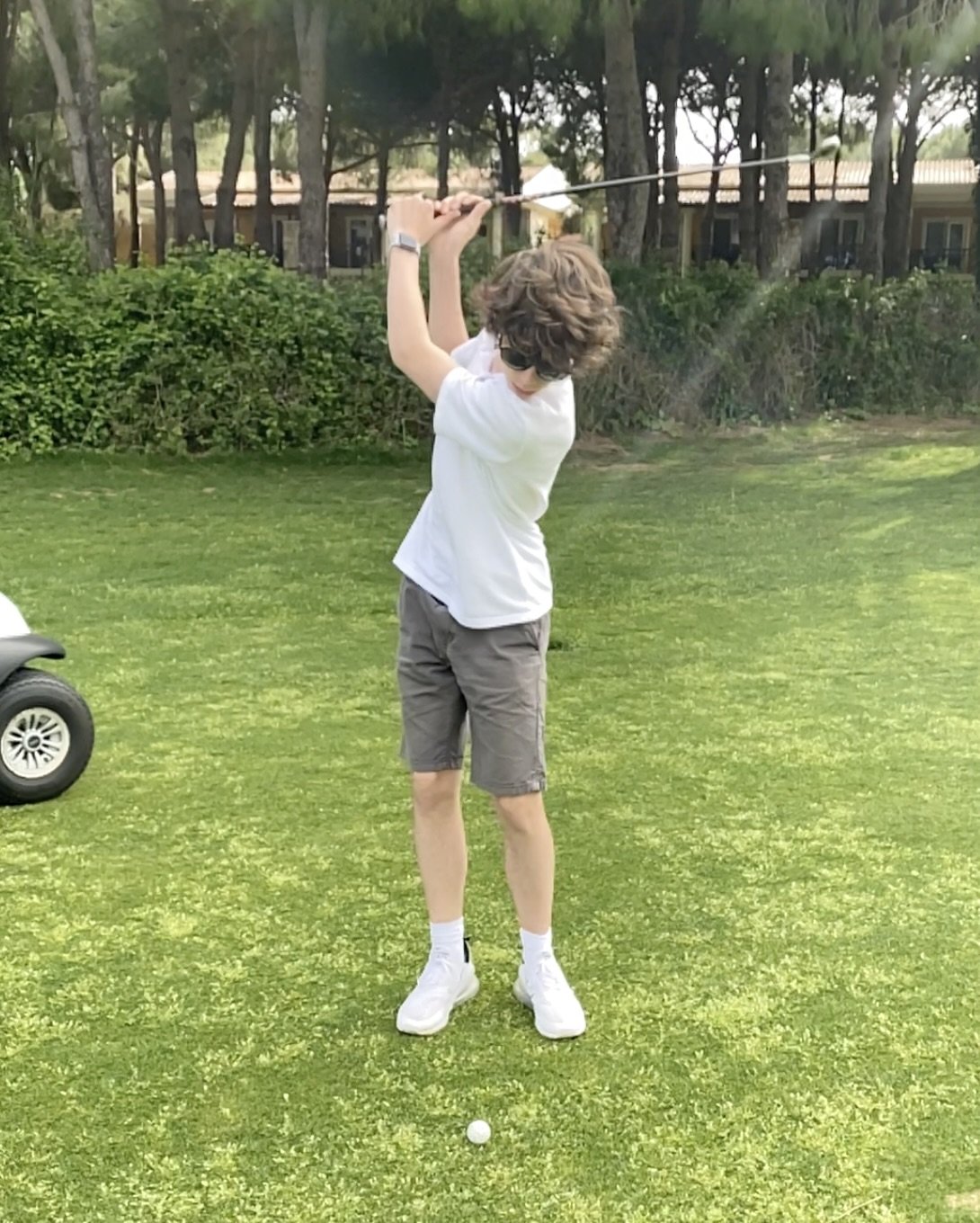
Optimize movement
Train smarter - not harder: With the NeuroMovement method (based on the Feldenkrais method) you can optimize your movements and thus increase your performance and reduce the risk of injury.
Train smarter with NeuroMovement
Increase performance, optimize movements, reduce training time and minimize the risk of injury.
NeuroMovement are small, gentle movements that are carried out with the greatest attention. In this way, the brain can fully exploit its learning potential. Athletes who want to improve their performance benefit enormously from this method.
Athletes need strength, endurance and precision to be successful. All three qualities can be significantly increased with the NeuroMovement method. At the same time, the risk of injury is reduced and full performance is restored after injuries have been sustained.
Higher performance thanks to better movement
The better an athlete can move, the better his performance. But what does “moving better” mean? Better means: agile, light, fast, with as little effort as possible and with an excellent balance.
With the NeuroMovement method, the athlete learns the connections and interaction of the skeleton (and of course the muscles and tendons and everything that goes with it). The more optimally the body parts move together and the more differentiated they can be controlled, the easier every movement becomes.
The large, strong muscles around the pelvis, back and stomach are there to do the hard work. The smaller muscles in the arms, legs and limbs are responsible for the finer work. Due to incorrect training, it often happens that the smaller muscle groups on the periphery are put under too much strain. This leads to inflammation, pain and injury.
Reduce pain and risk of injury
With the NeuroMovement method, more attention is also paid to the eyes, which are otherwise often neglected during training. If the eyes are “connected” to the spine (and of course the shoulder, pelvis and all extremities) movement becomes more precise. As a positive side effect, pain and the risk of injury are reduced.
This is all a learning process. It is not about training harder or more, but more intelligently with minimal effort. This is the only way people can feel what they are doing. Or to put it in the words of Moshé Feldenkrais: "Only when we know what we do, we can do what we want. It is in the nature of every art that those who practise it constantly improve their abilities, differentiate and vary their motor skills more and more, even into old age." Feldenkrais suggests that "we should be less concerned with what we do than with how we do it, whatever it may be. Because the how is the hallmark of our individuality."
Constant improvement
Here's an example from my own experience: I like surfing. But I usually only have the opportunity to do so one week a year. That means I don't practise surfing for 51 weeks of the year. I don't do any fitness or endurance training. Nevertheless, I improve from year to year. How can that be? The "secret" is NeuroMovement lessons, which I do frequently. I learn to get to know and use the relationships between all 248 bones better and better with very light and small movements while lying down. Then – in the sea – when the wave comes and I pop up from my board very quickly, I don't lose my balance and can ride the wave. Because I know/feel where - in relation to the board and in relation to each other - my body parts have to be in order not to fall off the board. From the soles of the feet to the ankles to the knees, the hip joints, the pelvis with the spine to the head and the arms on both sides, everything is "in the right place". Paddling over the waves into the line up also becomes easier each year because I use the large back muscles and not just the shoulder and arm muscles. It's a whole-body movement.
„Few things are as often confused in our culture as effort and strength. Most people believe that they can only feel powerful if they exert themselves. This belief leads to ineffective exercise; and ineffective exercise leads to strain, injury and frustration. Because what someone who makes an effort feels is “I should - although I hardly can”; feeling well-organized strength means the opposite: “I can - but I don’t have to”. The two terms are therefore polar in actual experience, but are usually considered synonymous. “
„Now, as always, we will see if something can be improved. There is no limit to the extent to which this is possible. For a quality like intelligence or anything that involves intelligence, there really is no limit. If someone does something in such a way that it improves, then he or she will never find a “best way” throughout life that cannot be further improved. “
„When someone stops improving, it is a sign that what they are doing has become routine and they are no longer aware of what they are doing. Their actions become mechanical, and that is why they do not continue to improve; otherwise there would be no limit to continued improvement. As someone learns to do something better and better, the clarity, depth and breadth of their thinking grows along with their abilities. Complexity also increases so that someone can continue to improve.“
Offer “optimize movement”
Try-out lesson
Get to know my way of working and the method I use. For athletes, musicians, high performers.
Intensive
The number of lessons depends on the goals and the initial situation.
Workshops
Upon request I organize workshops for groups.
Application areas “optimizing movement”
Sports people / Musicians / High Performer
Increased performance
Reduction of the risk of injury
Reduction of pain
Reduction in training time
AntiAging / Wellness / Well-being
Migraine / headache
Shoulder/back/neck pain
Nervous tension
Breathing difficulties
Balance problems
Visual difficulties
Vitality
Fall prevention



